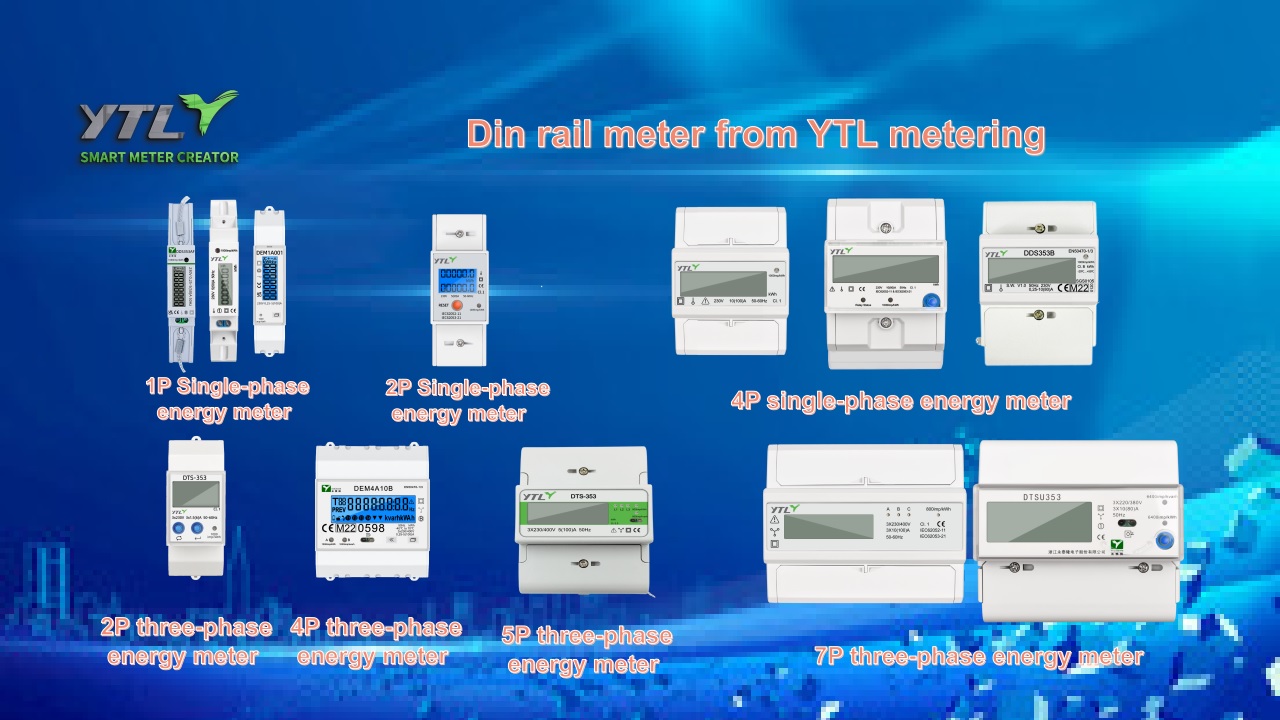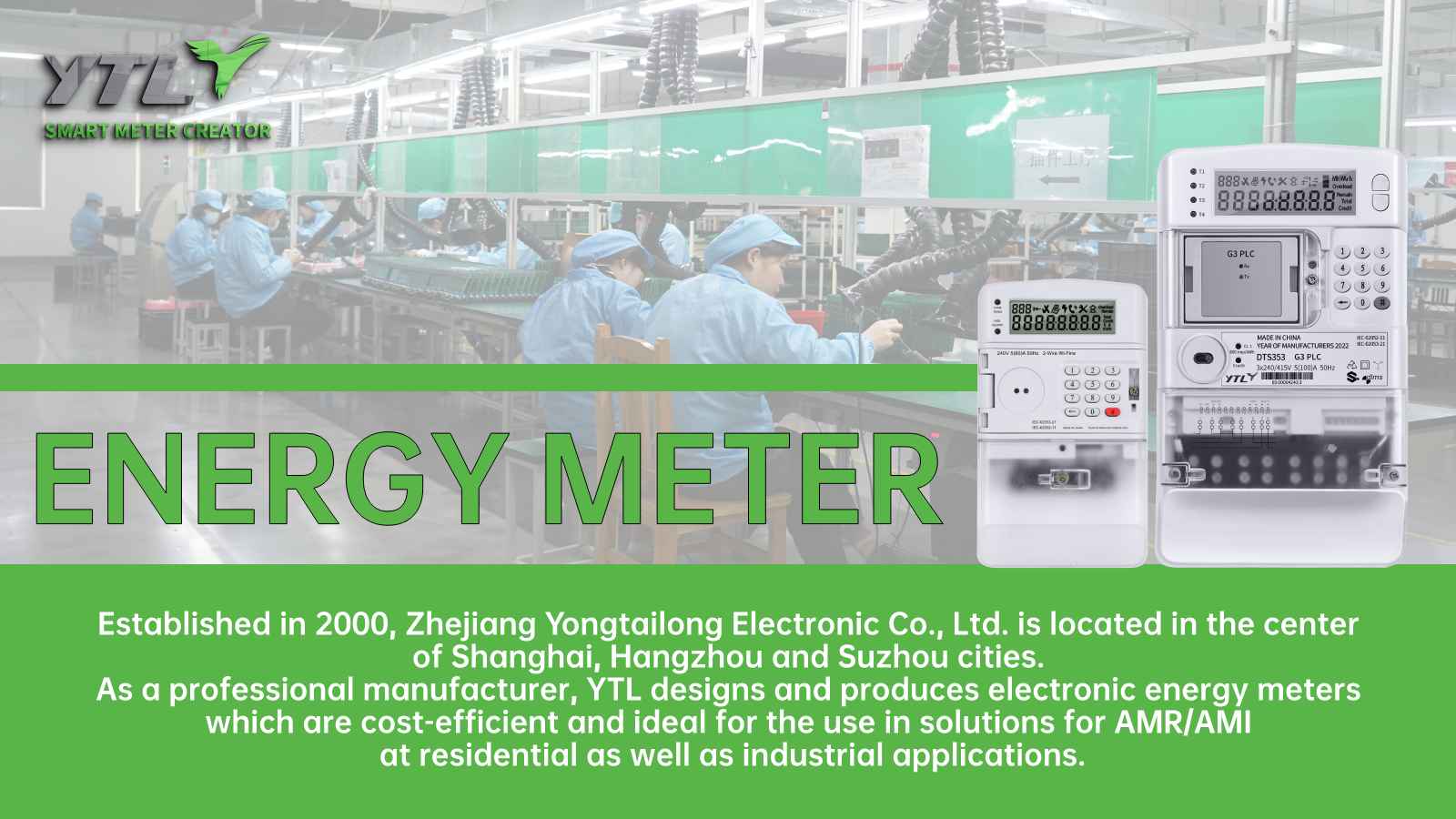The M-Bus energy meter (Mid-Bus electricity meter), as an important part of the remote meter reading system, has a number of significant advantages, which are mainly due to its unique design concept and advanced technical characteristics. The following is a detailed description of the greatest advantages of the M-Bus energy meter:
1. High stability and reliability
The M-Bus electricity meter is known for its high stability and reliability. This is due to the design characteristics of the M-Bus bus system, including no polarity, no topology requirements, bus self-power supply and strong anti-interference capability. These characteristics enable the M-Bus electricity meters to work stably in a complex and changeable field environment, reduce the failure rate, and improve the overall reliability of the system.

2、Low cost and high efficiency
2.1 Low-cost networking: M-Bus system uses half-duplex asynchronous communication, moderate transmission rate (300 Bps- -9600 Bps), and supports a variety of topologies (such as bus, star, ring, etc.), which can flexibly adapt to different installation environments and reduce the cabling cost. At the same time, because the M-Bus bus can simultaneously complete the function of data communication and provide communication power supply, further saving the material and labor costs.
2.2 Remote power supply: The M-Bus electricity meter supports remote power supply, which means that in the normal power supply system, the slave device (such as the electricity meter) requires no additional battery or power supply, reducing the operating and maintenance costs of the equipment. In addition, the M-Bus system ensures that some equipment (such as a heat meter powered by independent lithium batteries) continues to work when the external power supply is cut off, improving the emergency capability of the system.
3.Long distance transmission connected multidevice devices
3.1 Long distance transmission: The M-Bus bus has the ability of long distance transmission, with a good transmission distance of up to several kilometers. This enables M-Bus electricity meters to be widely used in large buildings, industrial areas, or urban power grids requiring remote meter reading and data transmission.
3.2 Multi-device connection: The M-Bus interface supports multiple meters to connect to the same bus, and a single concentrator can connect up to hundreds of M-bus meters. This ability of multi-device connectivity not only facilitates centralized reading and management, but also improves the overall efficiency and flexibility of the system.

4. Low power consumption and environmental protection
The M-Bus electricity meter consumes little energy on standby and only during communication. This low-power design not only reduces the operation cost of the equipment, but also conforms to the current environmental protection concept of energy conservation and emission reduction. In addition, the M-Bus system further reduces the overall energy consumption of the system by optimizing the data transmission and power management strategies.
5. Data security and accuracy
The M-Bus interface adopts the data encryption and verification mechanism to ensure the security and accuracy of the data transmission. During the process of data transmission, the M-Bus system can automatically encrypt and verify the data to prevent it from being tampered with or lost. This is of great significance to ensure the accuracy and reliability of energy management.
6. Widely used and compatibility
M-Bus electricity meters are widely used in energy management, building automation, remote meter reading and other fields. Its unique design concept and advanced technical features enable the M-Bus system to meet the needs of different industries and scenarios. At the same time, the M-Bus interface also has good compatibility, and can communicate and connect with various types of meters (such as electricity meters, water meters, heat meters, etc.).

 English
English 中文简体
中文简体

.jpg?imageView2/2/w/500/h/500/format/png/q/100)



-1.jpg?imageView2/2/w/500/h/500/format/png/q/100)








